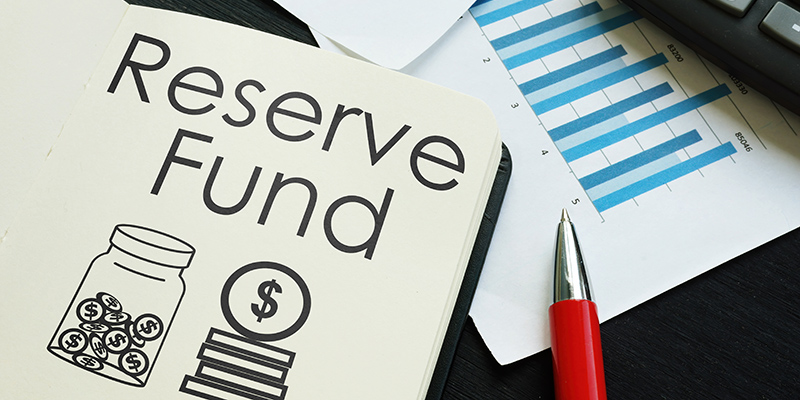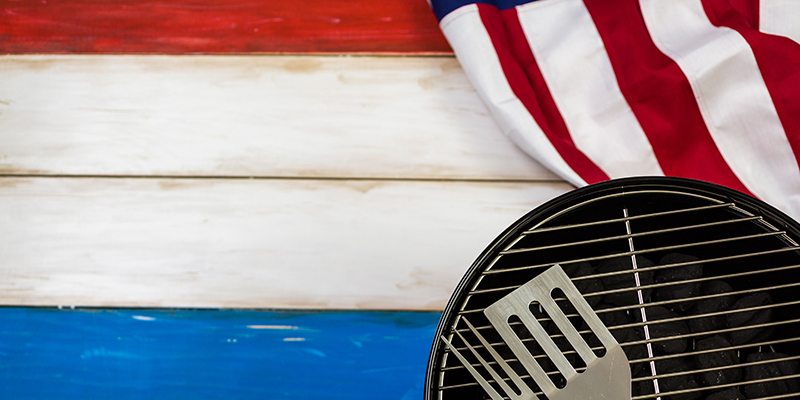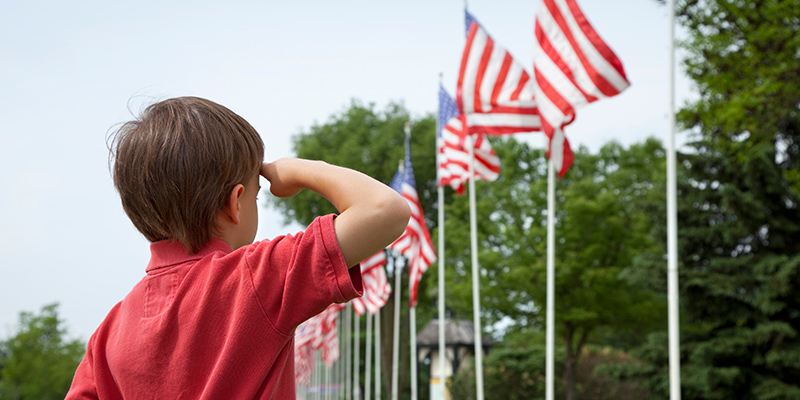HOA Fines: Frequently Asked Questions
It is not uncommon for homeowners to have to pay HOA fines when they have committed a violation of the rules. Many homeowners, though, have unanswered questions about fines in an HOA community.
Frequently Asked Questions on HOA Fines
Here are the answers to the most frequently asked questions about homeowners association fines.
What Are HOA Fines?
An HOA fine is a monetary penalty that a homeowners association imposes against a member after the latter has violated a rule or covenant. It is different from an HOA fee or HOA dues, which are the regular payments members make to the association.
 Can an HOA Fine You?
Can an HOA Fine You?
In a word, yes. Most homeowners associations do have the power, whether expressly stated or implied, to impose fines when a member of the community breaks the rules. This authority is usually given to associations by either the state or the governing documents. Imposing a fine is a common way many HOAs enforce the rules and covenants in a community.
Do All Homeowners Pay Fines?
Fines are designed to punish rulebreakers and discourage future violations. The rules apply to all homeowners in a given community. Therefore, all homeowners can be fined by the association. It is worth noting that buyers automatically become members of the association when they buy a home in the community. And sellers typically inform buyers of the existence of the HOA as well as the different rules they will need to follow.
How Much Is the Typical HOA Fine?
Fine amounts vary greatly from one association to another. There are several factors that can influence the amount of a fine, such as the location of the community, the nature of the violation, and how much the law or governing documents permit.
Residents living in more affluent neighborhoods may not be deterred by a $20 fine, whereas that amount may be huge to someone living in a lower-income neighborhood. Furthermore, a $20 fine may be too small for a violation that endangers the safety of other residents in the community.
On average, though, fines typically start at $25 on the first offense and increase in increments for each day the violation and fine are not settled. On the second offense, the starting amount will usually be higher, and so on.
Who Dictates the Fines?
Generally, the HOA board sets the fine amount. For some communities, the fine schedule will be outlined in the governing documents, but many boards can set their own fine policies. The general rule for HOA violation fines, though, is that they are reasonable.
How Does an HOA Enforce Fines?
When a violation occurs, associations usually start by sending a notice to the homeowner. Sometimes, it will begin with just a warning, with no fine imposed. If the owner fails to correct the violation or if it happens again, the board will then impose the fine.
Prior to the imposition of the fine but after the notice is sent, associations will typically hold a disciplinary hearing. During this hearing, the homeowner will have a chance to present their argument and provide supporting documentation. Then, the board will make a final decision on the disciplinary action. The homeowner will then need to remedy the violation (if it hasn’t been remedied already) and pay the fine amount.
What’s the Most an HOA Can Fine You?
It depends on state laws and the governing documents. These two governing authorities will sometimes set a limit, though most of the time, there is none. In Florida, for instance, fines can’t exceed $100 per violation. Additional fines can be imposed for each day of a continuing violation but not exceed a total of $1,000 unless the governing documents say otherwise. Boards should seek help from an attorney or HOA manager to better understand the limitations of HOA fines if any exist.
Can an HOA Fine You Without a Warning?
It is standard protocol for most associations to issue a warning first prior to imposing a fine against an owner. However, there are some associations that move forward with a fine without giving a warning. Again, it is best to check with legal counsel to see if this is something your board can do.
Can Homeowners Fight HOA Fines for Violations?
In theory, homeowners can fight fines they believe are unfair, unjustified, or unreasonable. Associations give homeowners an opportunity to present their cases at a scheduled disciplinary hearing. Prior to the hearing, homeowners should do adequate research and prepare documents to back up their side of the story.
When it comes to how to fight HOA fines, many homeowners immediately jump to legal action. This may seem like a good idea at first, but it will only end up costing the owner much more money than the fine itself. However, if the fine truly is unfair, unjustified, or unreasonable, there may be cause for a lawsuit.
What Happens If You Don’t Pay HOA Fines?
 Fines just keep adding up when homeowners don’t pay them. They can grow to insurmountable amounts and even trigger a lien on the property.
Fines just keep adding up when homeowners don’t pay them. They can grow to insurmountable amounts and even trigger a lien on the property.
Liens make it significantly harder for owners to sell their homes or refinance their mortgages. Plus, when that happens, the association may opt to initiate foreclosure in an attempt to collect the unpaid balance.
Keep in mind, though, that not all associations can file a lien or pursue foreclosure due to fines alone. In Texas, for example, the law states that associations may not foreclose if the debt consists solely of fines.
What Are the Most Common Violations That Lead to Fines?
Homeowners associations tend to have a lot of rules and covenants that members need to adhere to. When owners break these rules, HOA penalties can follow. Some of the most common violations that lead to fines include:
- Failure to maintain the yard or landscaping of a private property
- Parking violations
- Violations of rental restrictions
- Violations of pet rules
- Improper holiday decorations or incorrectly timed decorations
- Incorrect handling or throwing of trash
- Architectural violations
Appreciating Fines and Their Purpose
Many homeowners blindly contest the fines that the association charges them. By gaining a deeper understanding of HOA fines and their purpose, owners will appreciate the function of fines and homeowners associations a little better.
Keeping track of violations and fines can be difficult. With the help of Condo Manager’s HOA management software, though, both self-managed communities and professional management companies can make the process easier. Call us today at 800-626-1267 or contact us online for a free demo.
RELATED ARTICLES:
- Should You Be Aware Of An HOA Super Lien?
- HOA Debt Collection: Is The HOA Taking Advantage?
- Condo Decorations Rules: Fair And Unfair Policies



 Not wearing white after labor day may have stemmed from the fashion choices of the wealthy back in the early 1900s. Wealthy folks back then opted to wear lightweight, white clothing such as linen suits and loose-fitting dresses. They generally favored these pieces, and the color white, during the hot summer when they would go on long vacations. Continuing to wear the color even after Labor Day was just a way to show off their wealth because they could afford to have vacations even after the summer season.
Not wearing white after labor day may have stemmed from the fashion choices of the wealthy back in the early 1900s. Wealthy folks back then opted to wear lightweight, white clothing such as linen suits and loose-fitting dresses. They generally favored these pieces, and the color white, during the hot summer when they would go on long vacations. Continuing to wear the color even after Labor Day was just a way to show off their wealth because they could afford to have vacations even after the summer season. While this fashion rule enjoyed popularity in the past, it’s no longer seen as a norm today. In fact, even fashion icon
While this fashion rule enjoyed popularity in the past, it’s no longer seen as a norm today. In fact, even fashion icon 
 The first place owners should check is state and local laws. There may be existing laws that govern condo associations and the condominium repairs they are responsible for.
The first place owners should check is state and local laws. There may be existing laws that govern condo associations and the condominium repairs they are responsible for. It is imperative that all condo owners purchase and maintain their own condo insurance policy. This is similar to homeowners insurance in that condo insurance protects the owner’s personal belongings and covers damages to the interior of the unit.
It is imperative that all condo owners purchase and maintain their own condo insurance policy. This is similar to homeowners insurance in that condo insurance protects the owner’s personal belongings and covers damages to the interior of the unit.
 Self-managed associations are already managed solely by the HOA board. In this case, there would be no opening or need for an HOA manager. However, even a self-managed board might want to assign a volunteer homeowner to act as a manager. This volunteer would assume the role of a community manager, though they will likely receive no compensation since they are a volunteer (similar to board members).
Self-managed associations are already managed solely by the HOA board. In this case, there would be no opening or need for an HOA manager. However, even a self-managed board might want to assign a volunteer homeowner to act as a manager. This volunteer would assume the role of a community manager, though they will likely receive no compensation since they are a volunteer (similar to board members). A good HOA manager is a natural leader. They must be confident in their decisions yet still open-minded to ideas.
A good HOA manager is a natural leader. They must be confident in their decisions yet still open-minded to ideas.
 1. Review and Draft the Amendment
1. Review and Draft the Amendment 6. Disseminate and Educate
6. Disseminate and Educate
 When talking about an HOA’s reserves, one question that always seems to pop up is exactly how much to put in the fund.
When talking about an HOA’s reserves, one question that always seems to pop up is exactly how much to put in the fund. Because the money in an HOA’s reserve account tends to sit untouched for long periods of time, many boards consider the possibility of investing the funds. The board generally has the authority to do this, though it is still worth checking state laws and the association’s governing documents.
Because the money in an HOA’s reserve account tends to sit untouched for long periods of time, many boards consider the possibility of investing the funds. The board generally has the authority to do this, though it is still worth checking state laws and the association’s governing documents.
 2. Bacon-Wrapped, Cheese-Stuffed Jalapeño Poppers
2. Bacon-Wrapped, Cheese-Stuffed Jalapeño Poppers Perhaps one of the easiest Fourth of July recipes,
Perhaps one of the easiest Fourth of July recipes,  Grilled corn is undoubtedly one of the quintessential July 4th side dishes. But, if you’re sick and tired of plain buttered corn, try
Grilled corn is undoubtedly one of the quintessential July 4th side dishes. But, if you’re sick and tired of plain buttered corn, try  A classic Fourth of July food, burgers are arguably the epitome of American dishes. And while you can’t beat a good burger, you can
A classic Fourth of July food, burgers are arguably the epitome of American dishes. And while you can’t beat a good burger, you can 

 Did you know that
Did you know that  Security guards are not omnipresent beings. They are usually posted to a specific area and given responsibilities to fulfill. But, when you hire a security company, they can also supply guards who can conduct regular patrols. Foot and vehicle patrols are great because they can help identify crime and rule violations as they occur. An HOA security patrol also works to ensure the community remains a safe place to live in, as residents tend to feel more secure when there are trained professionals watching over the neighborhood.
Security guards are not omnipresent beings. They are usually posted to a specific area and given responsibilities to fulfill. But, when you hire a security company, they can also supply guards who can conduct regular patrols. Foot and vehicle patrols are great because they can help identify crime and rule violations as they occur. An HOA security patrol also works to ensure the community remains a safe place to live in, as residents tend to feel more secure when there are trained professionals watching over the neighborhood. The great thing about hiring security guards is that you can post them 24/7. Security firms offer different packages, with shifting schedules allowing for round-the-clock safety and patrolling. While it is true that people tend to feel more uncomfortable under the cloak of darkness, there are plenty of things that can happen in the daytime, too. In fact, almost
The great thing about hiring security guards is that you can post them 24/7. Security firms offer different packages, with shifting schedules allowing for round-the-clock safety and patrolling. While it is true that people tend to feel more uncomfortable under the cloak of darkness, there are plenty of things that can happen in the daytime, too. In fact, almost 

 8. Risk Management
8. Risk Management
 Veterans Day honors all those who have served in the United States armed forces. Unlike Memorial Day, Veterans Day celebrates all veterans, not just those who died in the wars. This federal holiday takes place every year, on November 11, the day World War I ended.
Veterans Day honors all those who have served in the United States armed forces. Unlike Memorial Day, Veterans Day celebrates all veterans, not just those who died in the wars. This federal holiday takes place every year, on November 11, the day World War I ended. Armed Forces Day honors all men and women who are currently serving in one of the branches of the United States armed forces. It takes place every year, on the third Saturday of May. Memorial Day and Veterans Day are both federal holidays. Armed Forces Day, though, is not. But, like Memorial Day and Veterans Day, Americans can celebrate Armed Forces Day by displaying the U.S. flag.
Armed Forces Day honors all men and women who are currently serving in one of the branches of the United States armed forces. It takes place every year, on the third Saturday of May. Memorial Day and Veterans Day are both federal holidays. Armed Forces Day, though, is not. But, like Memorial Day and Veterans Day, Americans can celebrate Armed Forces Day by displaying the U.S. flag.
